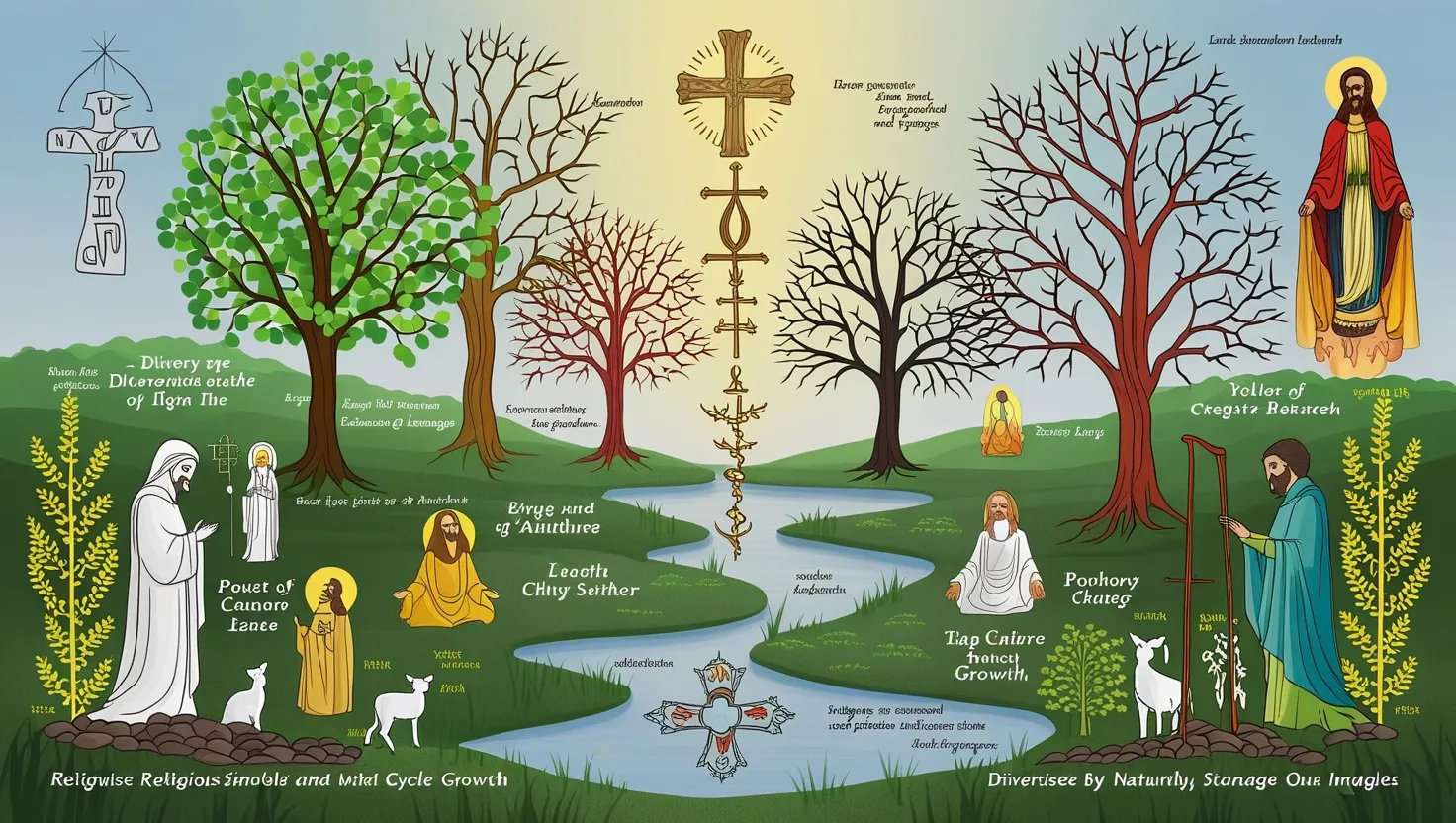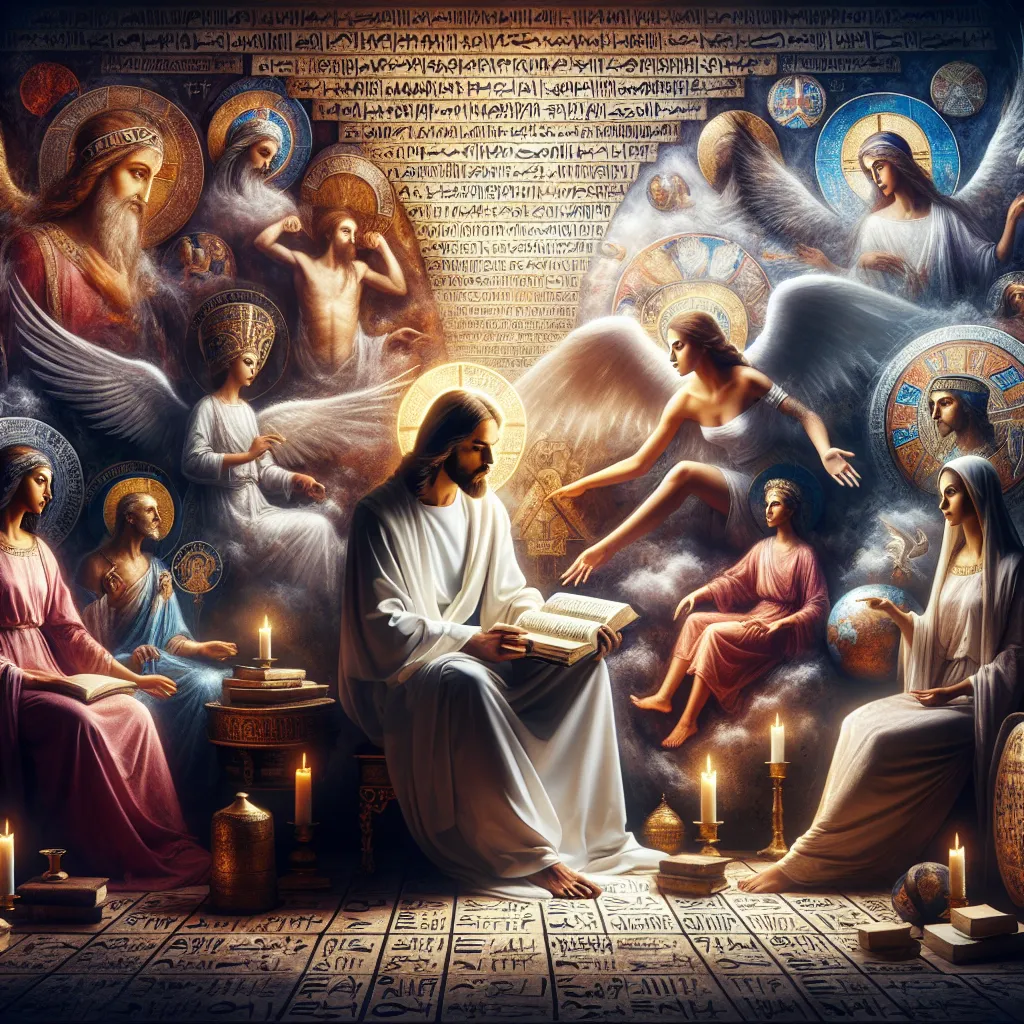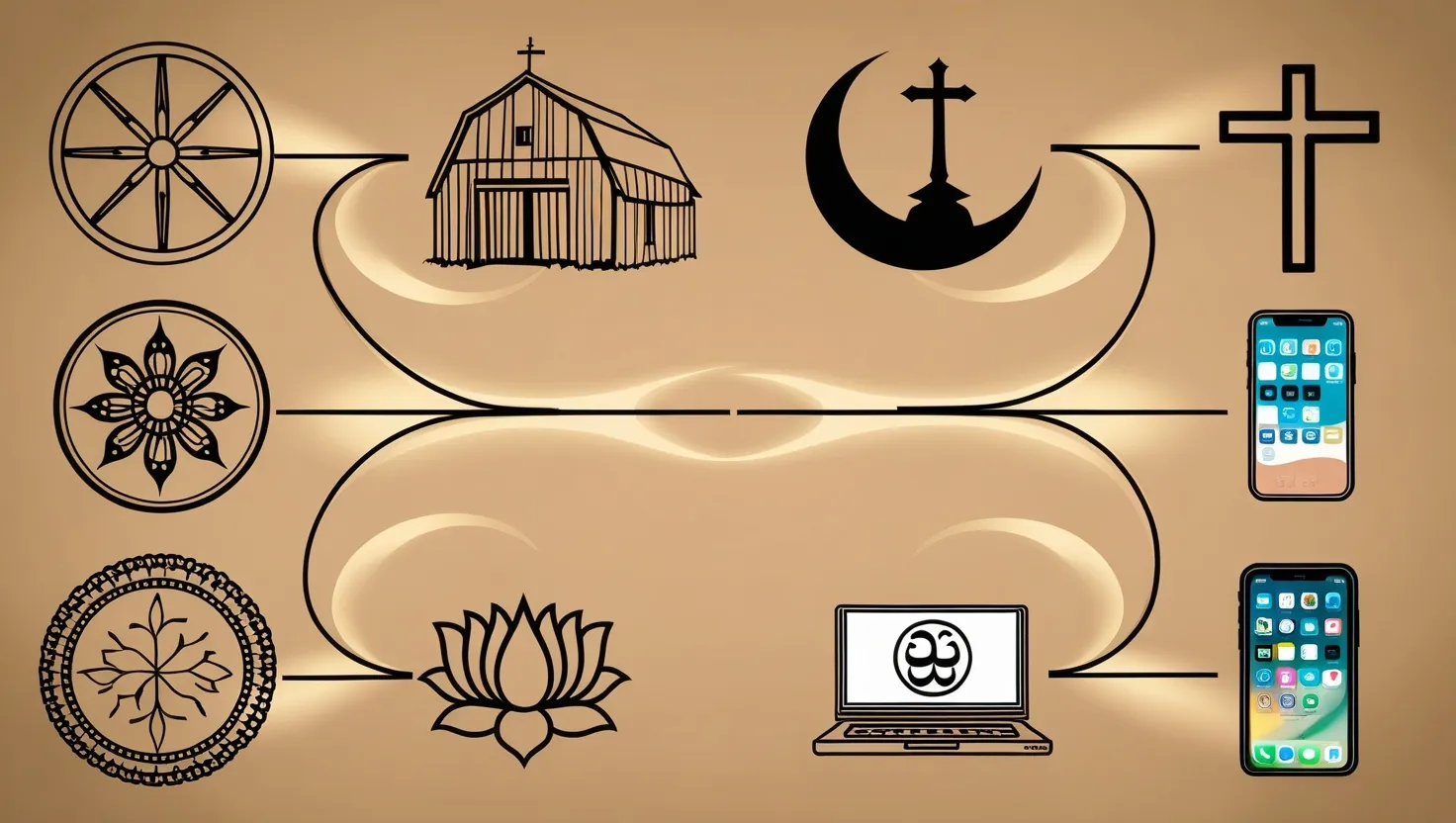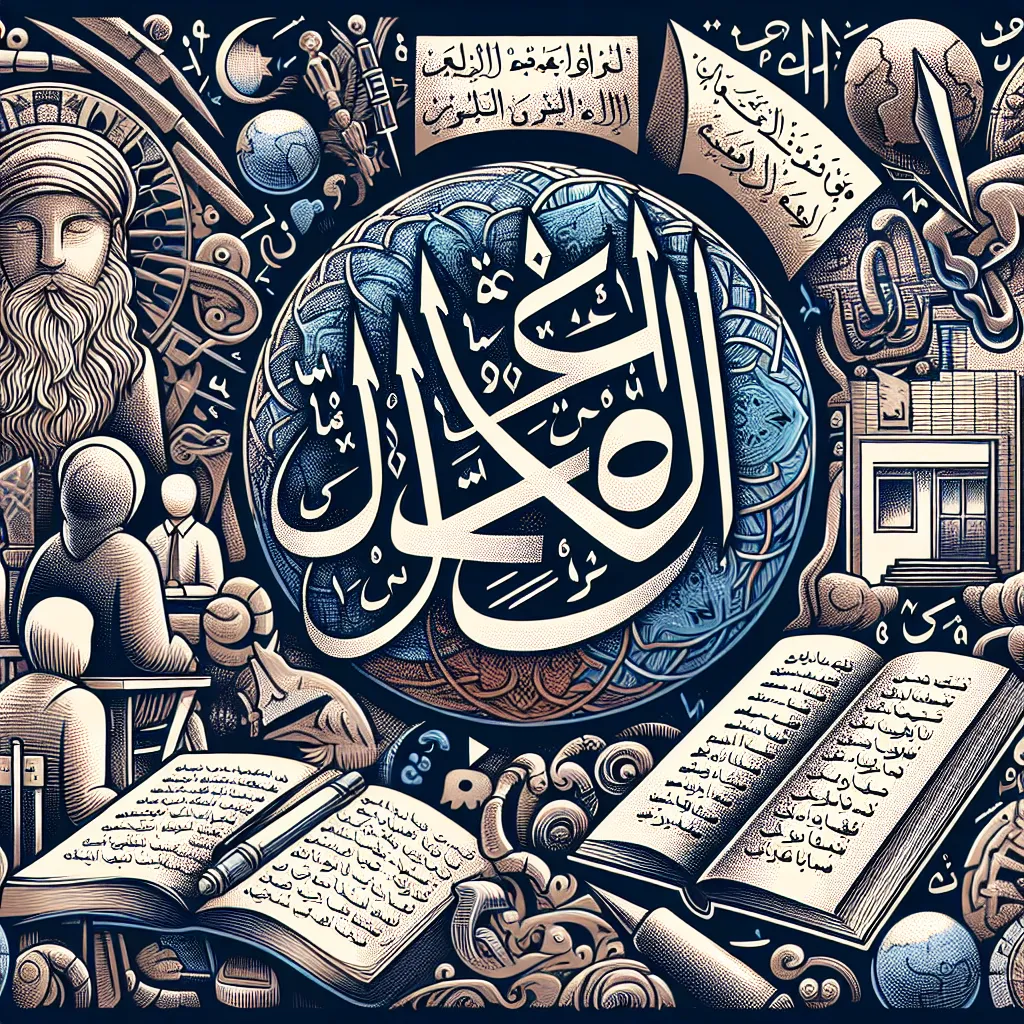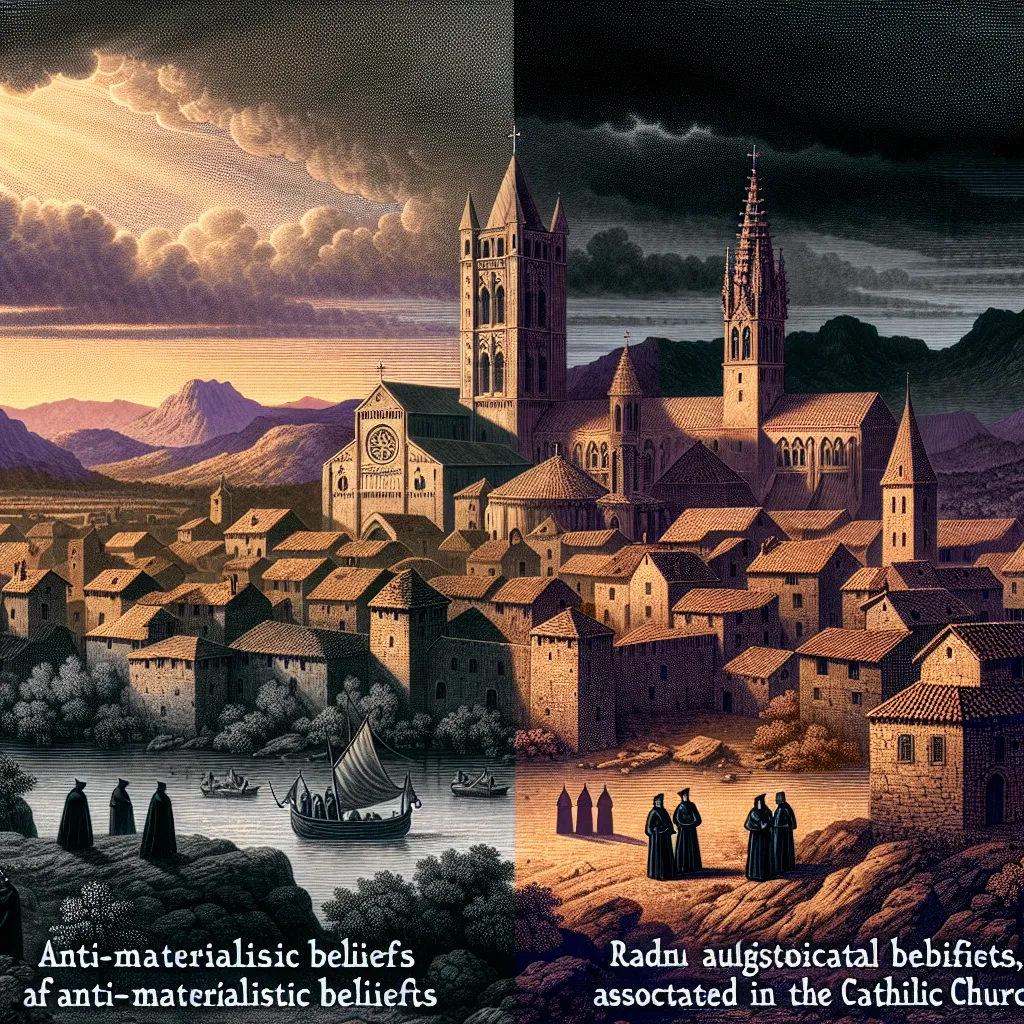As I reflect on the intricate dance between human spirituality and the natural world, I am reminded of the profound impact that religious festivals have on our connection to the earth. These celebrations, often rooted in ancient traditions, serve as more than just rituals; they are bridges that link our spiritual lives to the cyclical rhythms of nature.
Let’s begin with Vesak, a day that holds immense significance in the Buddhist calendar. Vesak commemorates the birth, enlightenment, and death of Siddhartha Gautama, the Buddha, all of which are believed to have occurred on the same day. This full moon day in May is a time for Buddhists to reflect on the teachings of the Buddha and to engage in acts of kindness and charity. One of the lesser-known aspects of Vesak is the ritual of “bathing the Buddha,” where devotees pour water over a statue of the Buddha, symbolizing the cleansing of bad karma and the sacred waters that were said to have been showered upon him at his birth.
“Buddhism is not a doctrine, it is a method,” as the Buddhist master, Chögyam Trungpa, once said. This method is deeply intertwined with the natural world, encouraging a sense of compassion and respect for all living beings. During Vesak, Buddhists often release caged animals, symbolizing the freedom and happiness that all creatures should enjoy. This act is a poignant reminder of our responsibility towards the natural world and the interconnectedness of all life.
Moving to the Jewish tradition, we find Tu BiShvat, a festival that celebrates the “New Year of the Trees.” This ecological awareness day is a relatively modern innovation within Judaism, but it taps into ancient roots of respect for the land and its bounty. On Tu BiShvat, people plant trees and eat fruits native to Israel, such as dates, figs, and pomegranates. This festival is not just about the trees; it’s about the cycle of growth and renewal that they represent.
As Rabbi Nachman of Breslov once said, “If you believe you can damage, believe you can repair.” Tu BiShvat is a call to action, encouraging us to repair and care for the earth. By planting trees and celebrating the fruits of the land, we are reminded of our role as stewards of the earth and the importance of ecological balance.
In Hinduism, the festival of Makar Sankranti marks the sun’s northward journey, a time of transition from the cold winter months to the warmer days of spring. This celebration is often associated with kite flying and harvest festivities. The kites, soaring high in the sky, symbolize the aspirations and hopes of the people, while the harvest festivities acknowledge the bounty of the earth.
“Makar Sankranti is a festival that celebrates the victory of the sun over the cold and darkness,” explains a local in India. “It’s a time when we come together with our families and friends to share in the joy of the season.” This festival highlights the importance of community and gratitude, reminding us that our lives are intertwined with the cycles of nature.
Ostara, celebrated by modern pagans, is another festival that honors the natural world. Falling on the spring equinox, Ostara marks a time of balance and renewal. Rituals often involve planting seeds and decorating eggs, symbols of new life and fertility. This festival is a celebration of the earth’s awakening from its winter slumber and the promise of new beginnings.
As the pagan writer, Starhawk, notes, “The earth is not a collection of objects, but a continuum, where every point is connected with every other point.” Ostara is a time to reconnect with this continuum, to acknowledge the sacred in the natural world, and to honor the cycles that sustain us.
Finally, we have the Harvest Festival, a celebration that is deeply rooted in Christian tradition. This festival is a time of thanksgiving for the successful harvests, often involving the decoration of churches with produce and the sharing of meals. It’s a moment to reflect on the blessings of the earth and the hard work of those who cultivate it.
“The earth has music for those who listen,” said George Santayana. The Harvest Festival is a time to listen to this music, to appreciate the rhythms of nature and the bounty that it provides. It’s a celebration that transcends religious boundaries, speaking to a universal human experience of gratitude and connection to the land.
These festivals, each unique in its own way, share a common thread – they celebrate the cycles of nature and our place within them. They remind us that our spirituality is not separate from the natural world but is deeply intertwined with it.
As we participate in these festivals, we are not just honoring our religious traditions; we are also fostering environmental awareness and gratitude for nature’s bounty. We are reminded that our actions have consequences and that our relationship with the earth is one of mutual respect and care.
So, the next time you find yourself celebrating one of these festivals, take a moment to reflect on the deeper significance. Ask yourself: How can I honor the natural world in my daily life? How can I contribute to the balance and renewal that these festivals symbolize?
In the end, these festivals are not just about rituals and traditions; they are about our connection to the earth and to each other. They are a reminder that we are part of a larger web of life, and that our actions can either harm or heal this delicate balance.
As we move forward, let us carry the spirit of these festivals with us, cultivating a sense of respect, gratitude, and stewardship for the natural world. For in doing so, we not only honor our spiritual traditions but also ensure a healthier, more sustainable future for all.
